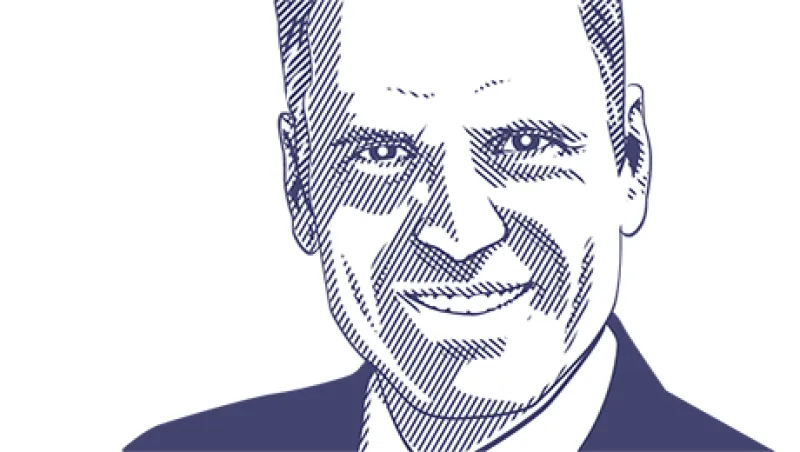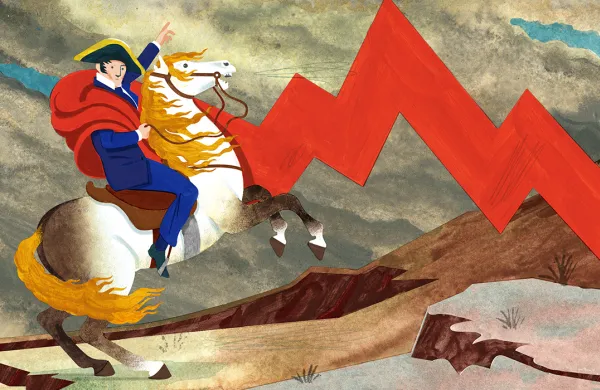In 2008, Magnus Eriksson couldn’t resist the challenge when a call came from Mats Andersson, CEO of the Fourth Swedish National Pension Fund (AP4), the worst performer of the country’s five buffer pension funds. Andersson, who had previously worked for Eriksson as an equity manager at rival fund AP3, was looking for someone to forge a long-term strategy to lift performance at AP4, which, like the other buffer funds, was established in 2000 to augment the state’s pay-as-you-go pension system.
To achieve his goal, Eriksson took the viewpoint of pensioners: “I want [pension investment staff] to manage my pension, not a benchmark or their career risk. I want to actually take on the risk of the pensioners.” The 56-year-old has seen most sides of the investment industry, having worked as an open-outcry broker at the Stockholm Stock Exchange in the 1980s, co-founded investment bank Aragon Securities in 1986, set up a hedge fund for investment firm Catella Group in 1998 and worked as head of equities at AP3 followed by a stint at a family office.
As CIO, a post he has held at AP4 since 2011, Eriksson has led a move to strip big environmental polluters from the global equity portfolio. “It is absolutely essential to take ESG as a risk in our portfolio,” he explains, referring to environmental, social and governance factors. “We’ve shifted 10 percent of global equities into low carbon strategies. As active managers, we want to own the good companies because we’re capturing an element of quality,” adds the CIO, who was given the additional role of deputy CEO in August 2013. As part of its carbon reduction remit, AP4 has co-founded the Portfolio Decarbonization Coalition, a United Nations–backed initiative to persuade investors to disclose and reduce their portfolios’ carbon footprints.
Under Eriksson’s purview AP4 took on a strategic mandate to become a true long-term investor by lengthening the fund’s investment horizon. Unlike most pension funds, which review their investments annually, AP4 has made 25 percent of its investments with a three- to 15-year time horizon, and there are plans to increase that percentage. Among Eriksson’s other accomplishments, he has developed the fund’s strategic real estate portfolio, and he now sits on the boards of three property companies — Rikshem, Vasakronan and Hemfosa Fastigheter — in which AP4 owns significant stakes. All of these changes have paid off. As of 2014, with a one-year return of 15.7 percent and a five-year annualized return of 10.5 percent, the 295 billion-kronor ($34 billion) AP4 had become the best-performing Swedish buffer fund.
This profile is one of 12 written for our 2015 European Investment Management Awards, which honors some of the best investors in the business. See also profiles of Lifetime Achievement Award winner Henrik Gade Jepsen, Centrica’s Chetan Ghosh, Lancashire County Pension Fund’s Michael Jensen, ABN AMRO's Geraldine Leegwater and Varma's Reima Rytsölä. Check back next week to read about CERN’s Elena Manola-Bonthond, ERAFP’s Philippe Desfosses, Linde’s Christoph Schlegel, Inarcassa’s Alfredo Granata, VBV’s Gunther Schiendl and PKO’s Wojciech Rostworowski.
Follow Frances Denmark on Twitter at @francesdenmark. Visit her blog, “Inside Edge.”




